We love wicker, rattan, and raffia furnishings for so many reasons: They add gorgeous texture and dimension to a room, they come in every shape and size under the sun, and they have an island allure we find pretty irresistible. Here, we’re taking a deep dive into each of these furniture types. Read on and get inspired to bring them into your home.
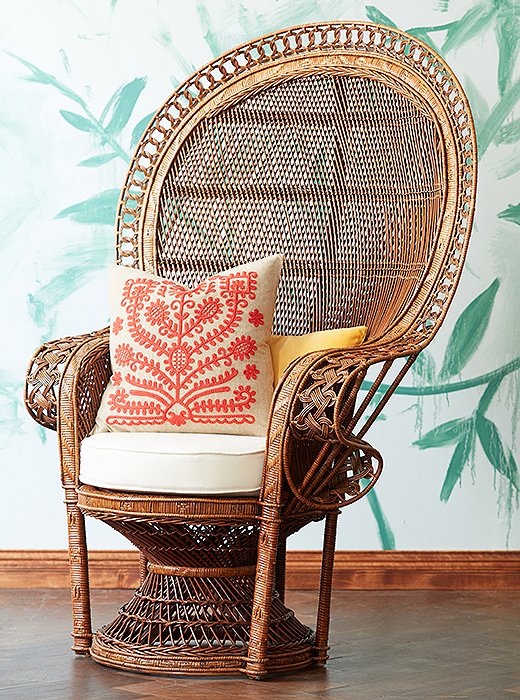
This wicker peacock chair is made of woven rattan in a natural honey hue that projects tropical warmth.
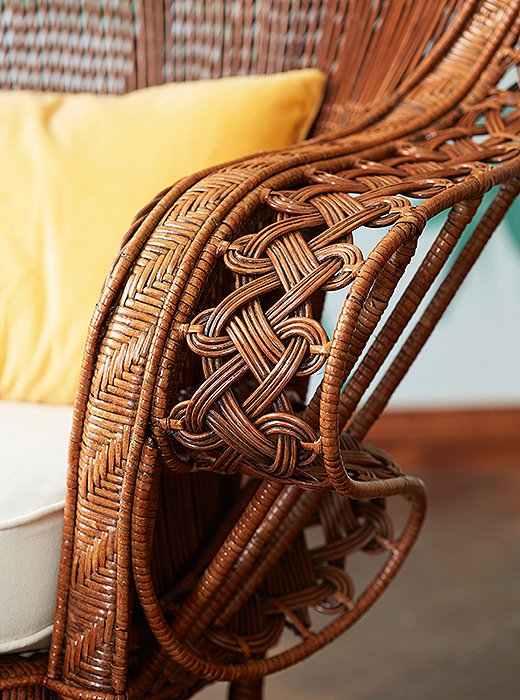
Rattan is one of the strongest fibers used for wicker—but it’s also highly flexible, as this chair’s intricate knotted weave demonstrates.
Wicker
The basics: Wicker actually designates a type of woven construction rather than any one material. Wicker furnishings can be made from a variety of plant fibers—including bamboo, willow, and abaca—as well as synthetic materials.
The use of wicker dates back as far as ancient Egypt, and it found immense popularity in Victorian England and North America (think lush garden conservatories and grand covered porches).
Why we love it: Light yet sturdy, wicker is an ideal material for patio furniture. Natural wicker is best for covered outdoor spots, while styles made with synthetic fibers can better withstand rain and sun.
Indoors, wicker lends gorgeous textural contrast—and relaxes any room it’s in. A pair of wicker stools can tone down the formality of a settee, and an ornate peacock chair injects instant bohemian chic.
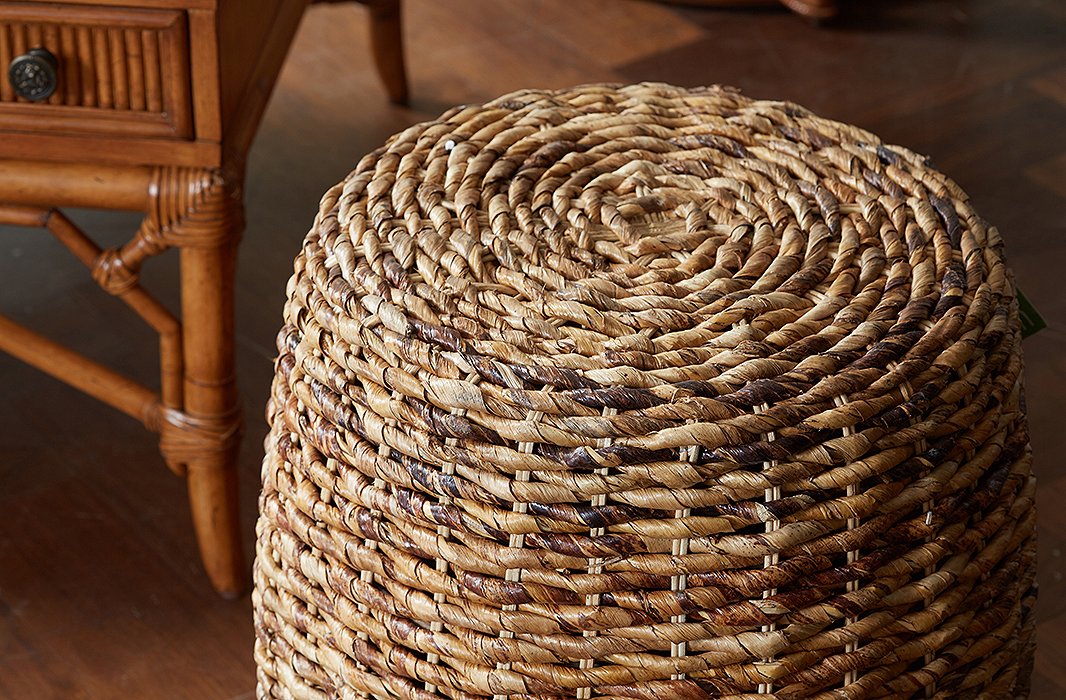
This petite wicker side table is made of abaca, a natural fiber so strong it has traditionally been used in rope making.
Shop all wicker →
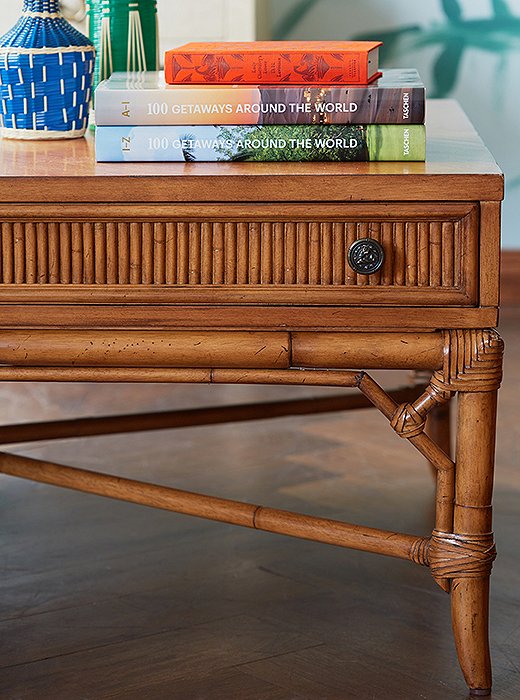
Fine details—pewter-finish drawer pulls, wrapped joints—give this maple-and-rattan coffee table an earthy elegance.
Rattan
The basics: A vinelike species of palm, rattan is a fast-growing tropical plant found throughout Southeast Asia. It can be used for furniture in several ways: The woody stems can be cut into sections and shaped, while the softer core can be woven and worked into wicker.
Why we love it: Not only is rattan incredibly strong and sturdy, but it can also be stained or painted much like any other wood. It can also be adapted to a wide array of styles, from Art Deco to Chinese Chippendale to modern minimalism.
Shop all rattan →
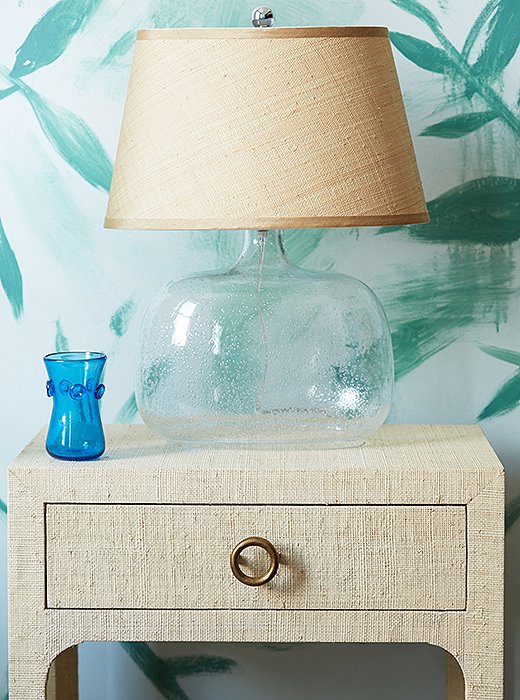
This nightstand is finished in a layer of woven raffia for a richly tactile look. And paired with a bubble-glass base, a raffia lampshade is the ultimate in beachy chic.
Raffia
The basics: Raffia is a type of palm native to tropical Africa. Raffia fibers (made from the veins of the leaves) can be dyed and woven into textiles—then used for everything from hats and totes to pillows and even lampshades.
Why we love it: Raffia’s beautifully irregular texture is unlike that of any other material. And despite its earthy origins, it has a superluxe look—especially when used to wrap wooden furniture, such as consoles or side tables. Raffia can be dyed just about any color, but its natural look is equally stunning.
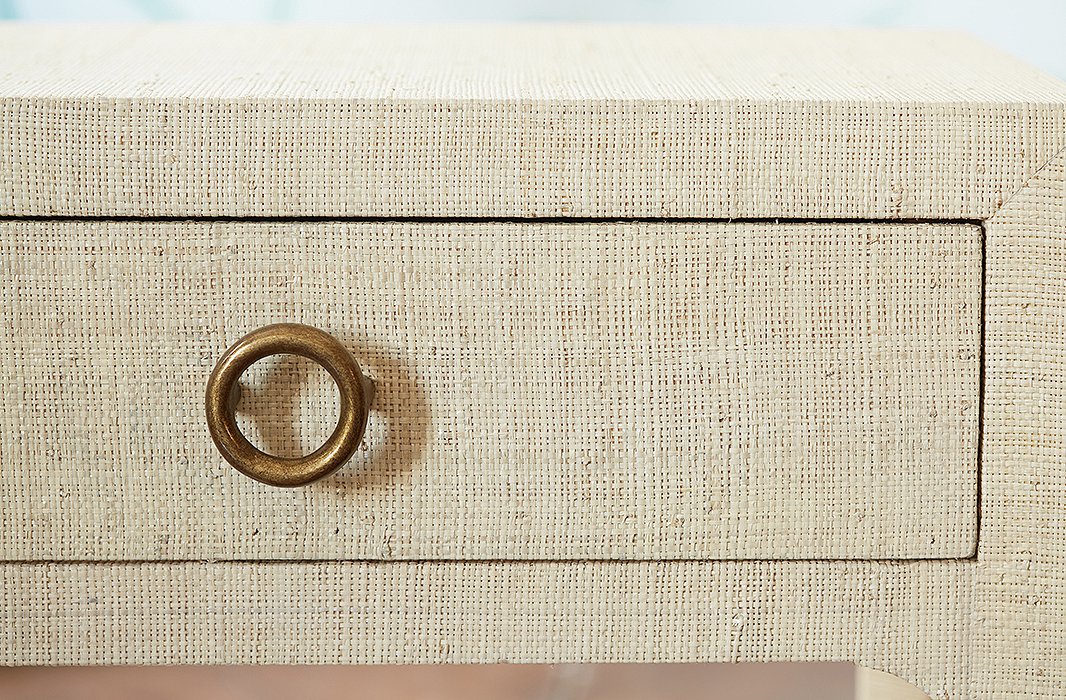
A brass-tone drawer pull adds modern contrast to an intricate raffia finish.
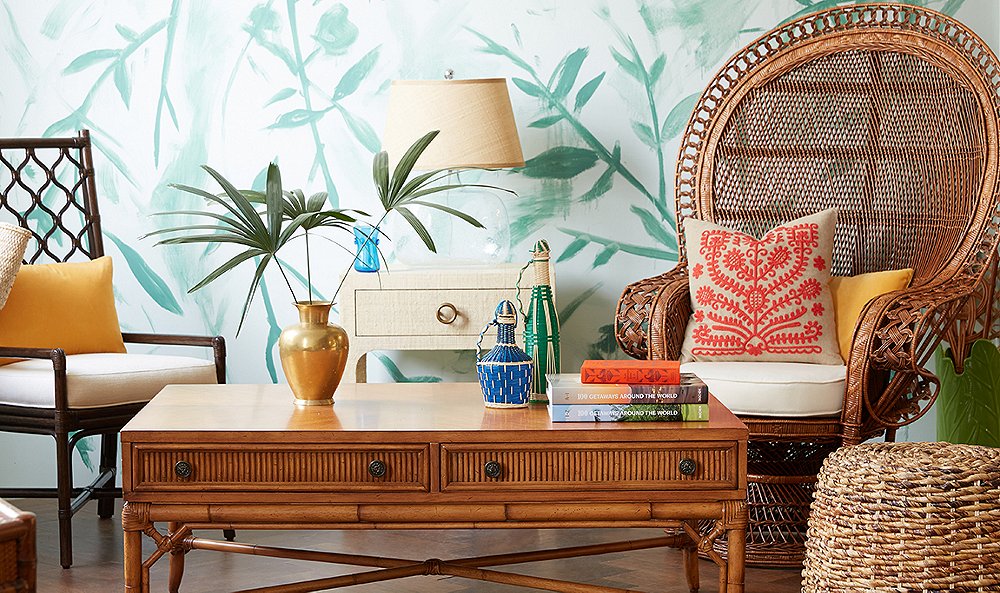
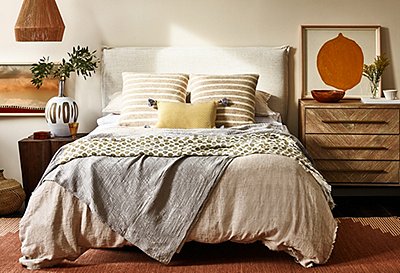
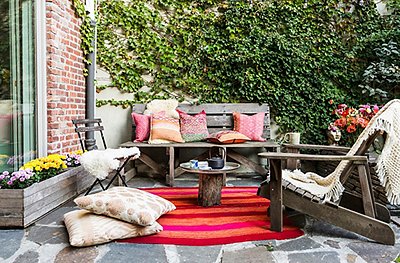
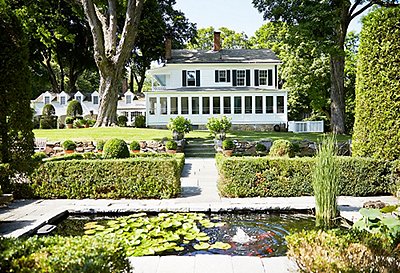
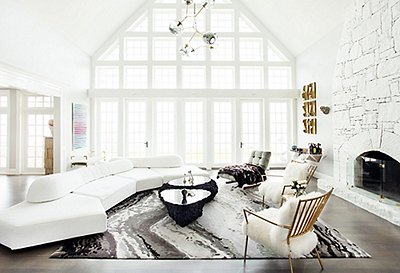
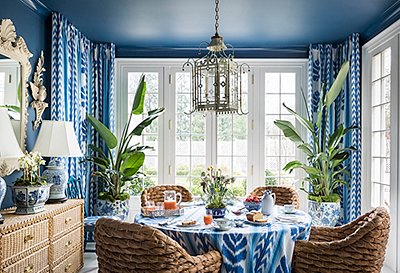
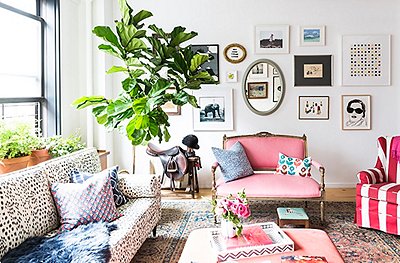
Join the Discussion